|
|
Newsletter June 2019
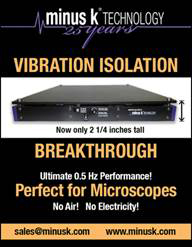
 |
Microscopy Vibration
Isolation
Tables, Platforms, Benchtops & Custom Systems for
SEM, AFM, TEM, SPM, STM, STEM, NSOM-SNOM
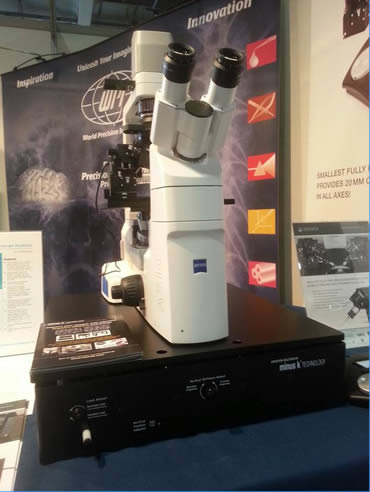
Zeiss Axio
Obersver Z1 AFM
on a Minus K
BM-8
|
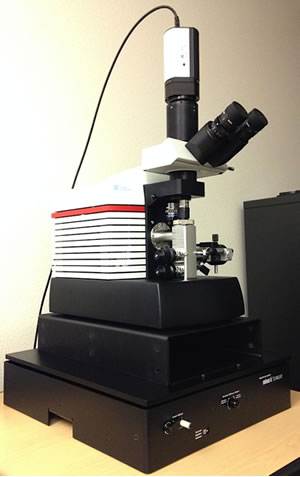
Delong LVEM5
Desktop SEM
on a Minus K
BM-8
|
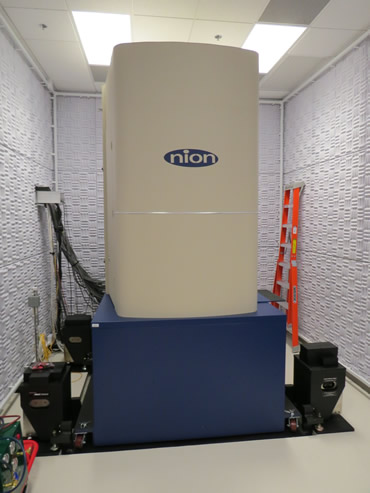
Nion STEM on a
four-isolator
Minus K
FP-1
|
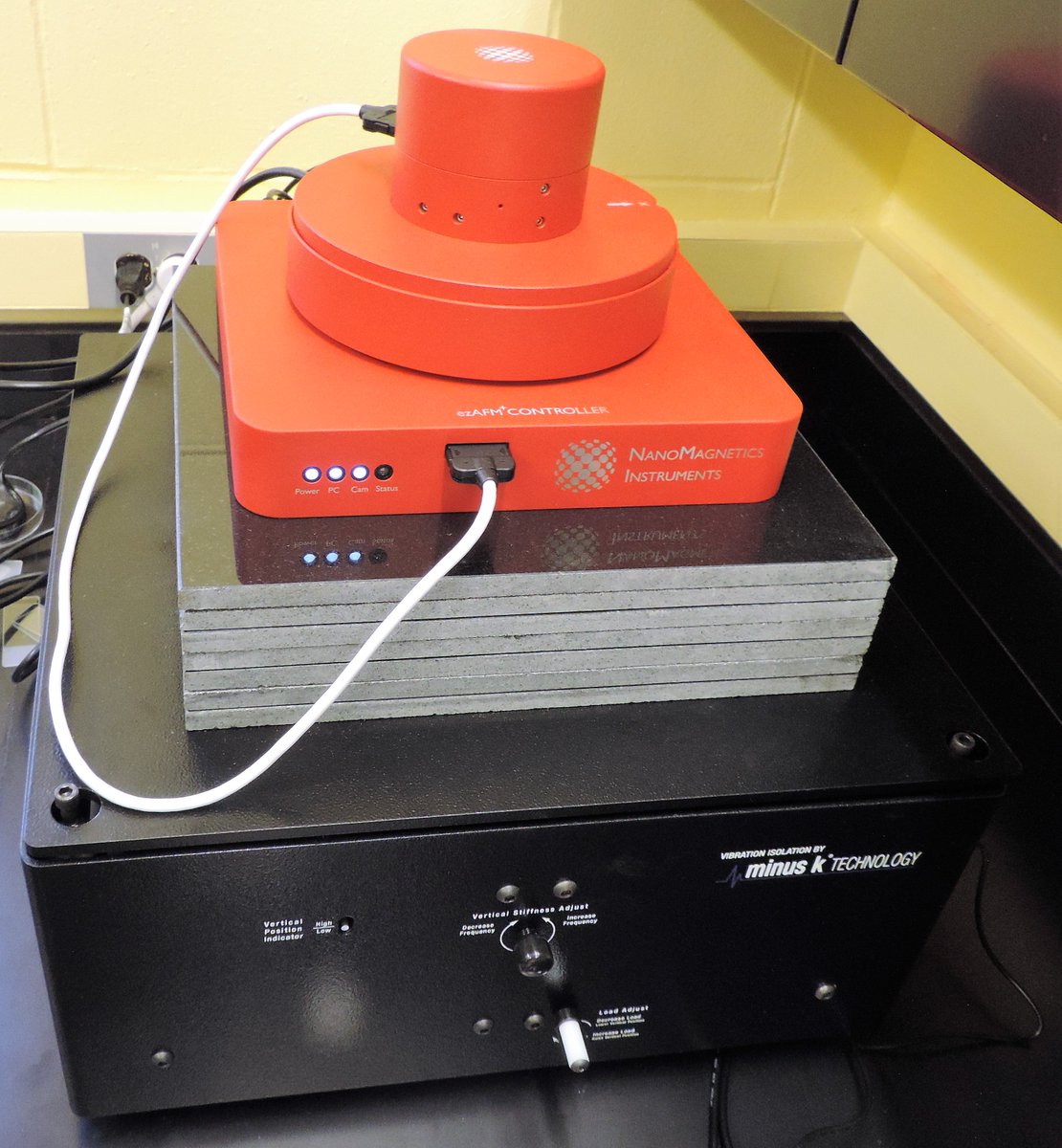
NanoMagnetics
ezAFM
on a Minus K
50BM-4
|
|
Many of
our clients' microscopes have nano and micro vibration isolation requirements
that are unparalleled in the metrology world (for
brain
research and at
NASA as examples). Minus K's negative
stiffness and "passive" verses "active" technology, enables microscopes to
achieve their highest level of performance. Our
isolators and
custom systems provide the performance of an
ideal bungee system and the convenience of a bench top system without any of
the problems associated with many of them, including air tables.
From
the ubiquitous bungee suspension systems, to large beds of sand on inner tubes,
there have been many attempts at achieving the ultimate isolation. Air tables
have been used with some success. However, our negative-stiffness isolators
provide superior isolation control and performance while offering better ease
of use and no facility requirements. We even have the flexibility of custom
tailoring resonant frequencies vertically, horizontally and in tilt to your
liking.
Small "active" systems (as opposed to our "passive" systems) are
sometimes used. However, those have several drawbacks:
- They are
expensive and fragile.
- They are
subject to the noise floor of every component in the entire feedback loop plus
AC line noise.
- They have a
limited dynamic range, typically only a few thousandths of an inch. If this is
exceeded (very easy to do) the isolator goes into positive feedback and you
have a very expensive noise generator underneath your SPM.
- They have to
be sitting on an infinitely rigid structure to work at their theoretical best.
Obviously, infinitely rigid structures are not easy to find in most labs. The
result is that the isolator is not always doing what you think it's doing.
|
Our
isolators give you the best possible
performance in all axes, from high to low frequency isolation. They provide the
performance of an ideal bungee system and the convenience of a bench top system
without any of the problems associated with any of them, including air tables.
We enable our users to achieve the highest level of noise performance possible.
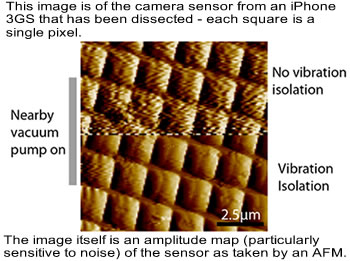
|
|
 |
Anybody who has ever
tried to hold a camera steady for a long exposure in low light knows exactly
what inevitably happens: the camera shakes, and the image blurs. The same can
happen with images from telescopes or any other long-range image. In fact, for
some very sensitive optics, even ordinary ground vibrations can be enough to
throw off the results.
Thats why, explains Serge Dubovitsky, instrument
system engineer at the Jet Propulsion Laboratory (JPL), NASA often needs a tool
called a vibration isolator. These work in a few different ways but essentially
create a more stable platform where external vibrations wont interfere with
sensitive measurements..
Dubovitsky often works on optics, including
systems of mirrors for observational missions like telescopes. The mirrors
reflect light in different wavelengths, concentrating it into an image that can
be analyzed by other instruments. But before these optics are installed, they
have to be tested to ensure they perform as intended.
For optics that
operate in roughly visible wavelengths, says Dubovitsky, any motion on the
scale of one micron [that is, one-millionth of a meter], or in some cases even
much less than that, disturbs the image quality.
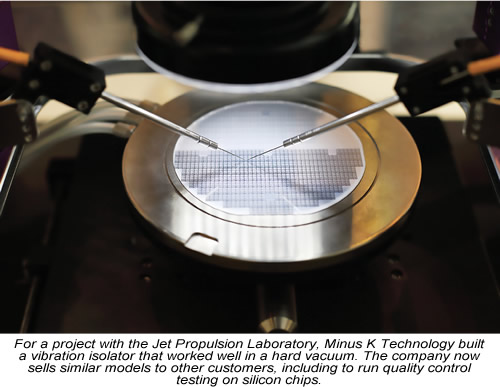
Optics testing is also often done in a vacuum, with
ramifications for vibration isolators. Vacuum is important in verifying optics,
because air interferes with light. If you are aiming at space applications, on
the ground you need vacuum, Dubovitsky explains. Even when working with optics
that will remain on the ground, a vacuum can be helpful for testing.
More...
Related: Spacecraft Vibration
Isolation On the Ground isolation...
Related: Vacuum Chamber Vibration
Isolation...
|
|
Minus K vibration
isolation systems offer significant advantages for patch clamping,
electrophysiology measurements, fluorescent dye imaging, genomic sequencing and
other applications in biology and neuroscience. They eliminate the nuisance of
air and outperform air tables by a factor of 10 to 100, depending on the
vibration frequency. The bench top platforms are compact, saving valuable lab
space, and are easy to move around.
Biology/Neuroscience
Testimonials
Vibration can be caused by a
multitude of factors that are internal and external to the building in which
the system resides, including vibrations from heating and ventilation system,
fans, pumps, and elevators as well as vibrations from adjacent road traffic,
nearby construction, loud noise from aircraft, and even wind and other weather
conditions that can cause movement of the structure. These internal and
external influences cause vibrations as low as 2 hertz (Hz) that can create
strong disturbances in sensitive equipment.
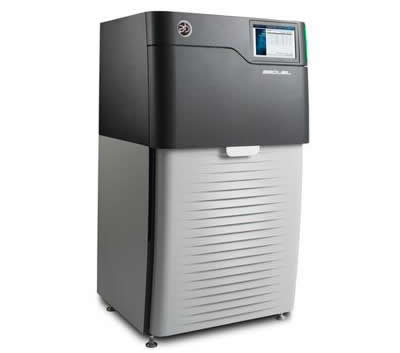
Pacific
Biosciences Automated Genomic Sequencer Sequel System with fully intergrated
customized Minus K
BM-6 |
|
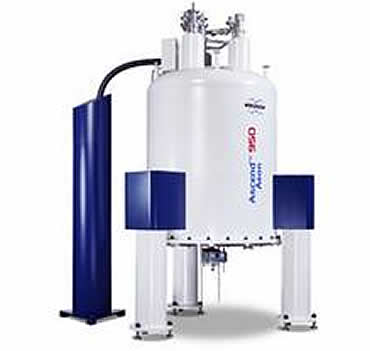
Bruker Biospin
Ascend Aeon 950 NMR magnet with two fully intergrated customized Minus K
LC-4Us
|
Related article regarding Neurology
& Brain Imaging...
Related article regarding Neuronal
Research into Animal Learning and Memory... |
Vacuum Chamber Vibration
Isolation
Minus K
vibration isolation systems can be made vacuum compatible so they can be used
right inside vacuum chambers. In addition to their superior vibration
isolation performance, this offers other advantages of much lower payload
weights, more compact systems, and eliminates problems associated with vacuum
chamber feed-throughs. They require no electriciity or air, so they can operate
in isolation. See below example with NASA/JPL SIM Interferometer Testbed
Spectral Calibration Development Unit (SCDU).
Our vibration isolation
systems have also been used to support entire vacuum chambers. This
offers the advantages of more standard designs and lower costs in some cases.
|
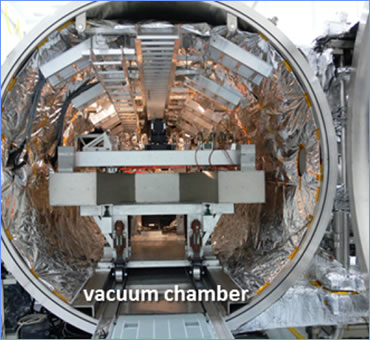
Three 1350 lb capacity Vacuum Minus K
SM-1s for the
SCDU
in JPL's testbed configuration.
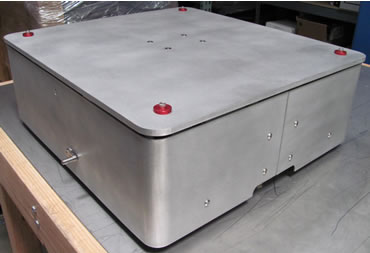
Minus K
BM-1 Vacuum
Isolation
Modifications for to the isolators based on your application
requirements could include:
• Use of Stainless Hardware
•
Removal of Paint and/or Powder Coating
• Removal of Anodizing
• Replacement of Nylon or Plastic Parts
• Electroless Nickel
on Steel Parts
• Venting Blind Holes
• Use of Vacuum Grease
for Low Outgassing
• Bare Aluminum
• We'll need to
provide custom
pricing for vacuum applications. The price is typically 3 times the standard
units for vacuum compatible (internal chamber) placement.
|
|
Vibration News &
Articles
Previous
Features:
Optical-Laser Vibration Isolation +
video
Cryostat Vibration
Isolation
Nanoindentation & Micro Hardness
Testing
Vibration Isolation
Ultra-Low Frequency Vibration
Isolation Stabilizes Scanning Tunneling Microscopy
Neuronal Research into Animal
Learning, Memory Neuronal Research,
Vibration Isolation Problem &
Solution
Sunken Treasure Surrounding The
Coldest Cubic Meter In The Universe
Supported by Minus K Vibration
Isolators
Lithium Batteries: Superionic Solid
Electrolytes for Next-Generation
Spacecraft Vibration Isolation On the
Ground
Behavior of a Single Molecule-UCLA's
California NanoSystems Institute
Cleanroom Precision Vibration
Isolation
Negative-stiffness vibration
isolation is utilized to provide ultra-stability for multi-disciplined,
nano-level research at UCLA's California NanoSystems
Institute.
NASA/JWST Update: Custom James Webb
Space Telescope Vibration Isolators Working Well
Audiophile Interests: The Doehmann
Helix 1 Turntable
2018 Winners | Minus K Technology
Educational Giveaway to U.S. Colleges and Universities
|

 |
|
|
